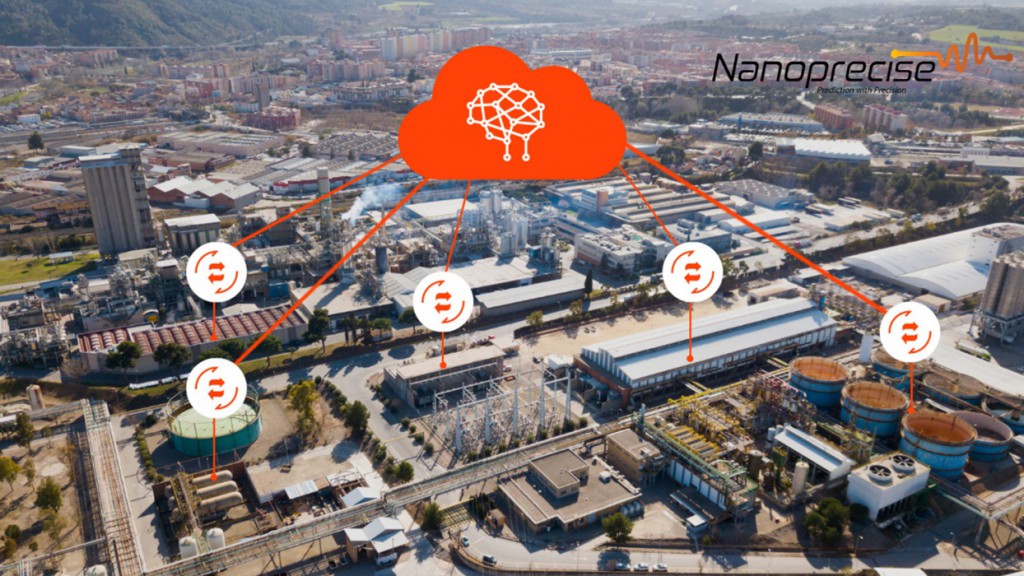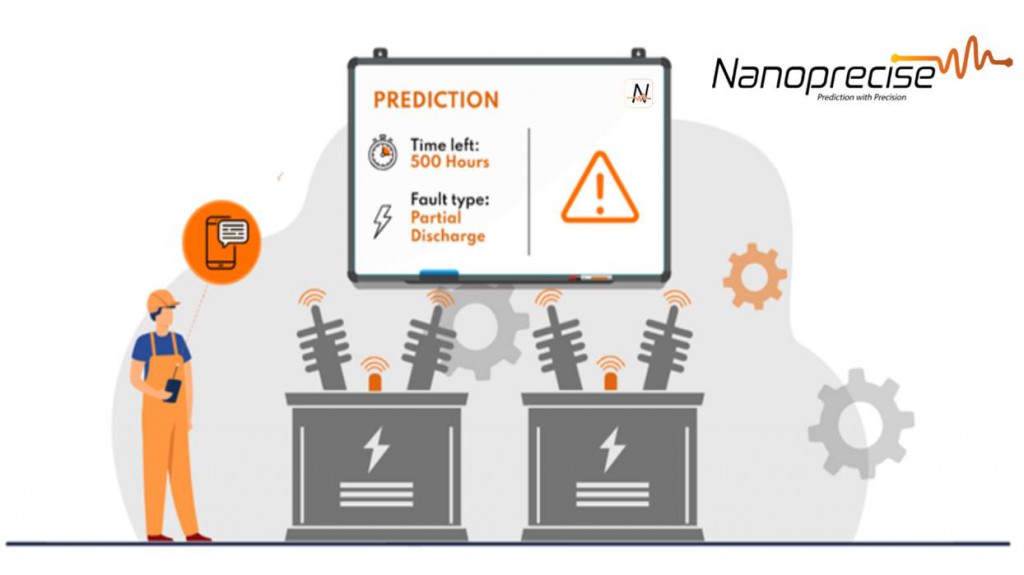The current landscape
The industrial maintenance landscape is changing rapidly. Equipment is becoming more sophisticated and complex, making Maintenance more challenging. At the same time, there is a growing need for equipment reliability and availability, driving the demand for advanced Machine Health Monitoring Solutions.
The industrial maintenance field is on the cusp of a transformative era, with the confluence of IoT and AI technologies offering a game-changing opportunity to optimize maintenance operations. The future is being defined by the increasing importance of data analytics, the adoption of edge computing, and the use of IoT based Machine Monitoring System and AI technologies to optimize equipment performance and minimize downtime.
One of the most exciting applications of these technologies is predictive maintenance. This proactive approach employs data analytics to identify potential equipment problems before they impact production or cause downtime. By analyzing data from sensors and other sources, predictive maintenance can identify anomalies and trends that signal equipment failure, enabling maintenance teams to take pre-emptive action. Predictive maintenance can improve the overall operational efficiency and productivity of the manufacturers & operators.
IoT and AI in Industrial Maintenance
IoT and AI are advanced technologies driving the future of industrial maintenance. IoT refers to the interconnected network of physical devices and machine monitoring sensors that collect and exchange data. Advanced IoT hardware can even process data on edge while transmitting it to the cloud. Conversely, AI refers to the simulation of human intelligence in machines that are programmed to think and learn like humans. AI can analyze large volumes of data and make predictions based on that data.
IoT and AI are synergistic technologies that are being leveraged by manufacturers & operators to optimize industrial maintenance operations. IoT can provide real-time data on equipment performance, while AI can analyze this data to identify potential equipment problems before they occur. The two are also being used to streamline maintenance schedules by analyzing data on equipment usage and performance. The IoT network of devices can provide real-time data on equipment status to confirm that maintenance is necessary, while AI predicts when a given piece of equipment is likely to need maintenance.
Benefits of IoT and AI in industrial maintenance
The benefits of IoT and AI in industrial maintenance are numerous. These technologies can:
- Extend equipment life and availability: By detecting potential equipment problems before they occur, these Machine Condition Monitoring Solutions can improve equipment reliability and availability, reducing downtime and increasing productivity.
- Reduce maintenance costs: Predictive Maintenance can reduce the need for scheduled maintenance, saving money on labour and replacement parts.
- Increase safety: A proactive, predictive approach to maintenance can identify potential safety issues before they become hazards, improving overall safety in the workplace.
- Improve efficiency: IoT and AI provide real-world data that can inform your team to optimize maintenance schedules, reducing downtime and improving operational efficiency.
The hidden potential in maintenance
IoT-enabled maintenance practices provide a wealth of data that enables predictive and prescriptive maintenance strategies. By collecting data on parameters such as temperature, vibration, acoustics, and magnetic flux, maintenance professionals can identify potential issues before they escalate into costly failures. This data-driven approach provides meaningful insights that empower maintenance teams to prioritize and plan maintenance activities efficiently, reducing overall maintenance costs.
By harnessing the power of data and advanced analytics, maintenance teams can transition from reactive to proactive strategies, optimize maintenance activities, and continuously improve their practices. The ability to uncover hidden patterns, detect early warning signs, and allocate resources effectively allows organizations to unlock the full potential of their maintenance operations, driving increased equipment reliability, reduced costs, and improved operational efficiency.
AI-based Predictive & Prescriptive Maintenance
Streamlining workflows for smoother operations
The integration of IoT and AI technologies holds immense potential for streamlining workflows and optimizing operations in industrial settings. Organizations can monitor assets remotely by leveraging real-time data and AI algorithms, automate routine tasks, optimize resource management, and enhance supply chain visibility. Essentially, it helps to automate repetitive tasks such as data collection, reporting, and scheduling. Organizations can free up valuable time and resources by automating these processes, enabling employees to focus on higher-value activities, resulting in smoother operations, improved efficiency, and cost savings.
As IoT and AI continue to advance, integrating these technologies will play an increasingly vital role in driving the future of industrial operations, enabling organizations to stay competitive in a rapidly evolving business landscape.
Intelligent Maintenance Planning
AI brings a new level of sophistication to maintenance planning by leveraging advanced algorithms and machine learning techniques. By analyzing vast amounts of historical and real-time data, AI systems can uncover patterns, correlations, and insights that enable more accurate and informed decision-making. This enables organizations to move from a time-based maintenance strategy to a condition-based approach. By continuously monitoring the health and performance of equipment through sensors & IoT devices, AI algorithms can predict when maintenance will be required based on the actual condition of the assets. This proactive approach enables organizations to schedule maintenance activities during planned downtime, minimizing disruption to operations and optimizing resource allocation.
Another area where AI excels is in managing complex systems with interconnected assets. In manufacturing industries where multiple machines and equipment work synchronously, AI can analyze data from various assets to identify potential interdependencies and risks. By understanding the relationships between industrial assets, AI systems can generate maintenance plans that consider the impact of maintenance activities on the overall system. This holistic approach to maintenance planning ensures that the entire system remains optimized and operational, thereby minimizing disruptions and maximizing productivity.
Conclusion
IoT and AI are already transforming the future of industrial maintenance. We expect to see even more benefits for organizations across various sectors as these technologies evolve. Integration into the existing operations will play a vital role in shaping the future of industrial maintenance. Organizations that embrace these technologies will gain a competitive edge in a rapidly evolving business landscape. By leveraging data-driven insights, streamlining workflows, and making intelligent maintenance decisions, organizations can optimize their operations, reduce costs, and achieve new levels of efficiency and productivity. The future of industrial maintenance is bright, and the possibilities for leveraging IoT and AI to optimize operations are endless.



